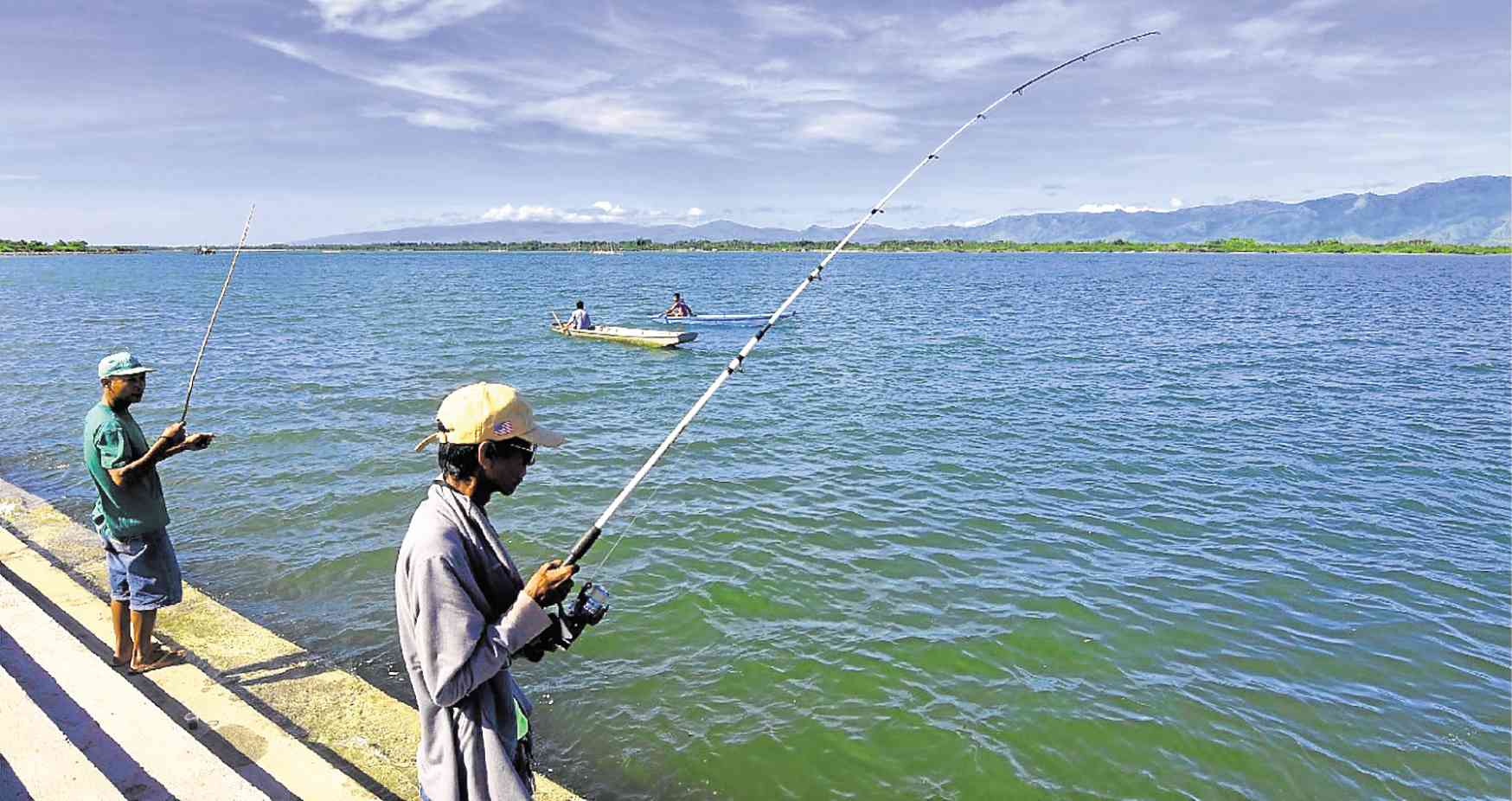Lingayen eyes P50-M Limahong Channel tourism center to attract Chinese visitors

NO MORE ‘WAKUO’ WORRIESPangasinan fishermen try to score a catch at the mouth of the Agno River, where the 16th-century Chinese pirate Limahong once built a base from which he launched raids on coastal settlements around the South China Sea. —WILLIE LOMIBAO
LINGAYEN, PANGASINAN — The capital town of Pangasinan is looking to cash in on the wave of Chinese visitors to the country and they are planning to use the historical story of the Chinese pirate known locally as Limahong.
P50-M tourism facility
Mayor-elect Leopoldo Bataoil, one of the province’s six incumbent congressmen, led other officials in breaking ground for a P50-million facility, to be known as the Limahong Channel Tourism Center.
Making money from a pirate
Partly funded by the Department of Tourism, the center will house various artifacts related to the notorious 16th-century pirate who fled China in 1572 and established a pirate base in Pangasinan.
Article continues after this advertisementLimahong, known as Lin Feng to the Chinese, was one the many “wokou” (pirate) warlords who raided the coastlines of China and Korea from the 4th century to the 16th century.
Article continues after this advertisementIn 1571, the year before the founding of Manila, Limahong raided Shenquanzhen in China’s Guangdong province but was defeated by Ming authorities in Changhai in the following year.
Ancient
He fled to Luzon, like many wokou before him, and established a base which, according to Spanish historical records, consisted of two forts connected by a previously uncharted channel.
From there, Lin continued to harry mercantile shipping in the South China Sea to the consternation of Chinese and Spanish authorities.
Battle of Manila
On Nov. 29, 1574, Limahong landed in the coast of Manila and marched on Manila, surprising the Spanish colonial forces in Intramuros, especially after the killing of master of camp Martin de Goiti.
Limahong laid siege on Manila until a force, led by Juan de Salcedo, of fifty Spanish musketeers broke the siege.
In 1575, Salcedo captured Limahong in Pangasinan and a Ming official came to Manila to have him repatriated.
Limahong died in captivity in the same year but the encounter led to the establishment of diplomatic relations between Ming China and the Spanish East Indies.
Tourism benefits
“We can make something out of this history and we can earn something from tourism businesses,” Bataoil said.
He said they planned to have river cruises along the channel and build an esplanade complex that would allow a great view of the Agno river.
“[Chinese tourists] would surely be interested in knowing that once upon a time, they had an ancestor who settled here,” Bataoil said.
“Some Chinese families may [also] have artifacts that they want to deposit in the center. We will also have paintings that will depict the history of that era,” he said.